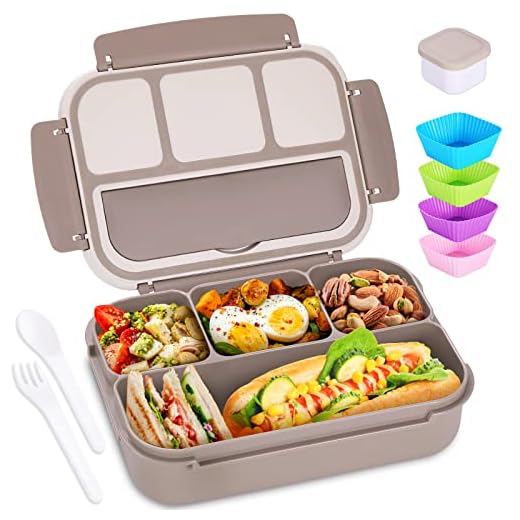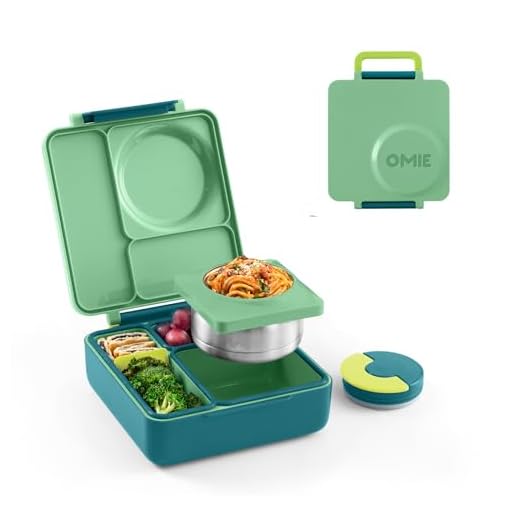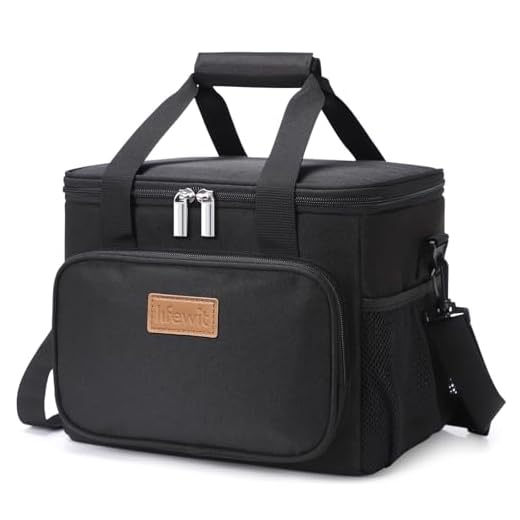
Pack Fast. Eat Fresh.
You pack smart. You save time. You eat well. This quick guide shows simple steps. Use easy tools. Keep food safe. Feel sharp all day with fresh, tasty lunches daily.
What You Need
Smart Lunchbox Ideas: Quick, Tasty Hot Lunches for School
Plan Smart, Pack Faster
Want to save ten minutes? Plan first.Start with a plan. Look at your day. Check the weather if you will travel.
Pick a main item. Choose a protein, a grain, or a hearty salad. Think of two small sides. Add a fruit or a raw veg. Add a snack if you need one. Aim for color.
Use what you have on hand. Check the fridge and the pantry. Use leftovers that still taste good. Think about temperature. Some foods need an ice pack.
Map the layout of your box. Put wet items in sealed jars. Put dry items in separate compartments. Choose a wrap or a sturdy container for sandwiches. Use small containers for dips and dressings.
Plan for spills. Pack napkins and wet wipes. Keep hydration in mind. Add a small bottle or a cup. Plan for allergies and requests. Write a short note if the box goes to school. Prepare parts the night before. Set a timer. Repeat the habit.
Choose Foods That Last
Skip soggy food. Choose items that still taste great hours later.Pick foods that stay good. Pick sturdy fruits. Apples, pears, oranges.
Choose firm veggies. Carrot sticks, snap peas, bell strips.
Pick proteins that hold up. Hard-boiled eggs, canned tuna, cooked chicken.
Use dense grains. Brown rice, quinoa, whole-grain pasta.
Quick picks
Skip fragile salads until just before you eat. Store dressings in small jars. Freeze a juice box or small ice pack to keep food cold longer. Cut fruit that browns last. Toss apple or banana with a squeeze of lemon. Seal wet items in tight lids or silicone bags. Layer food: put crackers away from moist dips. Put leafy greens on top. Make finger foods for kids. Keep portions right. Aim for protein, fat, carbs, and veg. Test a new combo at home to see what holds up. Swap treats for seeds. Use salt sparingly.
Use Tools That Speed You
One gadget can save your morning. Try these.Gather your tools before you start.
Lay out containers, lids, and utensils.
Stack boxes to save space and time.
Use a bento box for a quick layout.
Pick seals that click. They tell you the lid is safe.
Use silicone cups to split food and cut dish swaps. Try: hummus in a cup, crackers beside it.
Keep a small cutting board and knife close.
Use a vegetable peeler for thin, even slices.
Fill a small jar for dressings and dips.
Pack small ice packs or frozen water bottles. They do double duty.
Keep a cloth or napkin for messes.
Use a chilled thermos for warm soups. Warm food stays safe longer.
Label boxes if more than one person uses them.
Keep a spare bag for dirty containers.
Use a small basket to carry parts to the table.
Work in a line — left to right or right to left.
Fill the main, then fill sides, then add cold packs.
Close lids last.
Wash as you go when you can.
Store tools near the fridge for fast reach.
Set a timer.
Quick tools
Assemble in Three Moves
Three moves and you are out the door.Prep. Wash produce. Chop what stays crisp. Cook or thaw proteins. Measure grains. Portion snacks into small tubs. Cool hot food before you pack. Rinse tools as you go. Put leftovers away.
Pack. Place the main in the largest spot. Add sides in small cups or silicone liners. Seal wet items tight. Put cold packs next to salads, dairy, and cooked meat. Keep sauces in a jar or tiny cup apart. Example: turkey wrap in the main slot, carrot sticks in a cup, hummus in a sealed pot.
Seal. Close lids until they click. Wrap sandwiches in wax or foil. Wipe rims clean. Test the seal with a flip. Put the box in its bag. Add cutlery and a napkin. Place an ice pack on top if the bag will sit.
Clean up. Run a quick check before you leave. Make it a Sunday habit. Repeat weekly.
Keep It Fresh All Day
Heat ruins lunches fast. Stay firm with ice and rules.Control temperature and time. Cold is the enemy of germs.
Keep perishable foods below 40°F. Use ice packs or frozen bottles. Place them against meat, dairy, and cut fruit. Carry an insulated bag for long transit.
Limit how long food sits at room temp. Cut that to one hour in heat. Eat refrigerated foods first.
Reheat leftovers to 165°F. Use a food thermometer when you can. Keep cooked and raw foods separate.
Freshen leafy greens with a damp paper towel. Replace soggy towels. Store dressings and sauces apart in small jars.
Toss food that smells off or looks wrong. Check dates on yogurt and drinks.
Wash your hands before you pack if you touch ready food. Rinse fruit if you pack it uncut. Teach kids to open the box and check food safely. Show them to look and smell and tell an adult.
Offer small cold treats like yogurt tubes. Keep them with ice.
End the day by cleaning the box. Dry it well to keep mold out. Refreeze ice packs. Rotate them weekly. Replace seals yearly. Check often.
Go Pack It
You can pack fast and fresh. Use a plan and simple tools. Mind time and cold. Clean up. Repeat. Eat with joy. Try it today and please share your results.













Loved the humor in the ‘Pack Fast. Eat Fresh.’ opener — made the whole thing feel doable. I also like that the guide avoids fussy recipes and sticks to real-food choices.
Constructive: maybe add a low-cost gear list for students on a budget. Not everyone wants to buy fancy bento boxes.
Old school: mason jars + rubber bands + cloth napkin = cheap and effective. No need to splurge.
Great suggestion, Liam. We’ll add a budget-friendly gear section — items like inexpensive glass jars, reusable sandwich bags, and a small cooler.
Good guide overall. The planning step is underrated — I started making a weekly list and it cut down on last-minute junk. A couple of thoughts:
1) For protein, hard-boiled eggs and canned tuna are unbeatable for shelf-life.
2) If you use reusable ice packs, freeze them flat so they fit better.
3) Would’ve liked a short section on reheating tips for office microwaves.
Small request: add a printable checklist maybe?
If you’re reheating, remove lids/containers that aren’t microwave safe. Tiny explosion of sauce is a sad sight.
Printed my own checklist using the headers from the guide. Made mornings so much calmer — thanks for the structure, OP!
Agree on the eggs + tuna. Also, lentil salads keep really well and are great cold protein options for no-microwave days.
Great suggestions — thanks! A printable checklist is a solid idea; we’ll consider adding one. Reheating tips are useful too (cover food loosely, stir halfway).
Quick tip: I follow the “Assemble in Three Moves” exactly — carb, protein, veg — and slap a frozen juice box in for ice. Simple and works.
Minor oops: once forgot the ice pack and lunch was… warm. That was a sad sandwich day. 😅
Ooo good idea, Aisha. I’m setting a reminder to freeze one tonight.
Frozen juice boxes are such a clever two-for-one (cooling + drink). The warm sandwich pain is real — keep a spare small ice pack in your bag!
I keep a slim reusable ice pack in the freezer at work for emergencies. Saves a soggy-sandwich apocalypse.
Neutral take: it’s useful but some tips are kinda obvious (like “plan smart”). Still, the Tools section had a few products I hadn’t considered: stackable containers and leakproof dressing cups actually help.
I do have a complaint: the list didn’t mention humidity-control towels for salads. Makes a huge difference here in humid summers. Anyone else use them?
Good point on humidity-control towels (or paper towels) — we’ll add a note about keeping greens crisp. Thanks for the suggestion!
You can also keep dressing separate until eating — prevents soggy greens and extends freshness.
I use a folded paper towel under the greens and it keeps them from wilting. Cheap and effective.
I bought a moisture-control insert for my bento box. Bit extra cost but salad stays crunchy all day. Worth it imo.
Thanks for the tips everyone — will try the paper towel trick next week.
Love this! The “Assemble in Three Moves” tip saved me so much time this week. I pre-cut veggies on Sunday and it literally takes 3 minutes in the morning now. Quick q: anyone else use silicone containers instead of plastic?
Also, the ‘Keep It Fresh All Day’ section — ice pack + insulated bag = game changer.
Yep, silicone is a great option — durable and easier to wash. Just make sure the seals are tight if you’re packing sauces.
I switched to glass-lidded silicone and love it. No weird smells and microwaves fine if you heat up later.
Silicone ftw. Pro tip: label lids if you have a set, otherwise they go missing in the drawer 😂